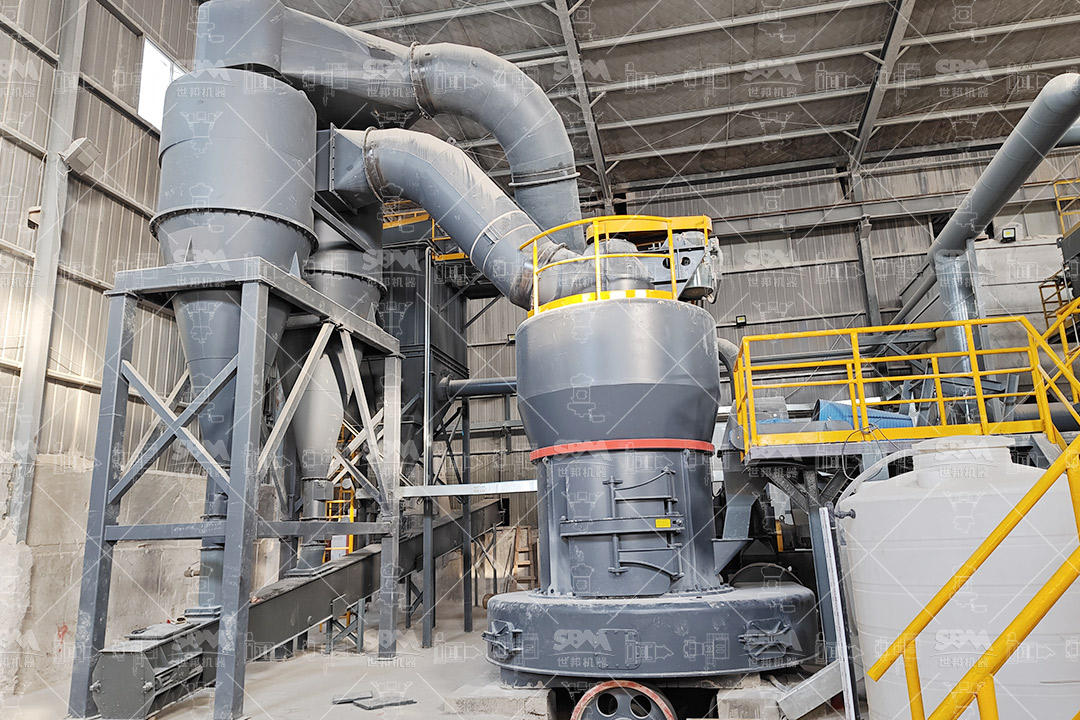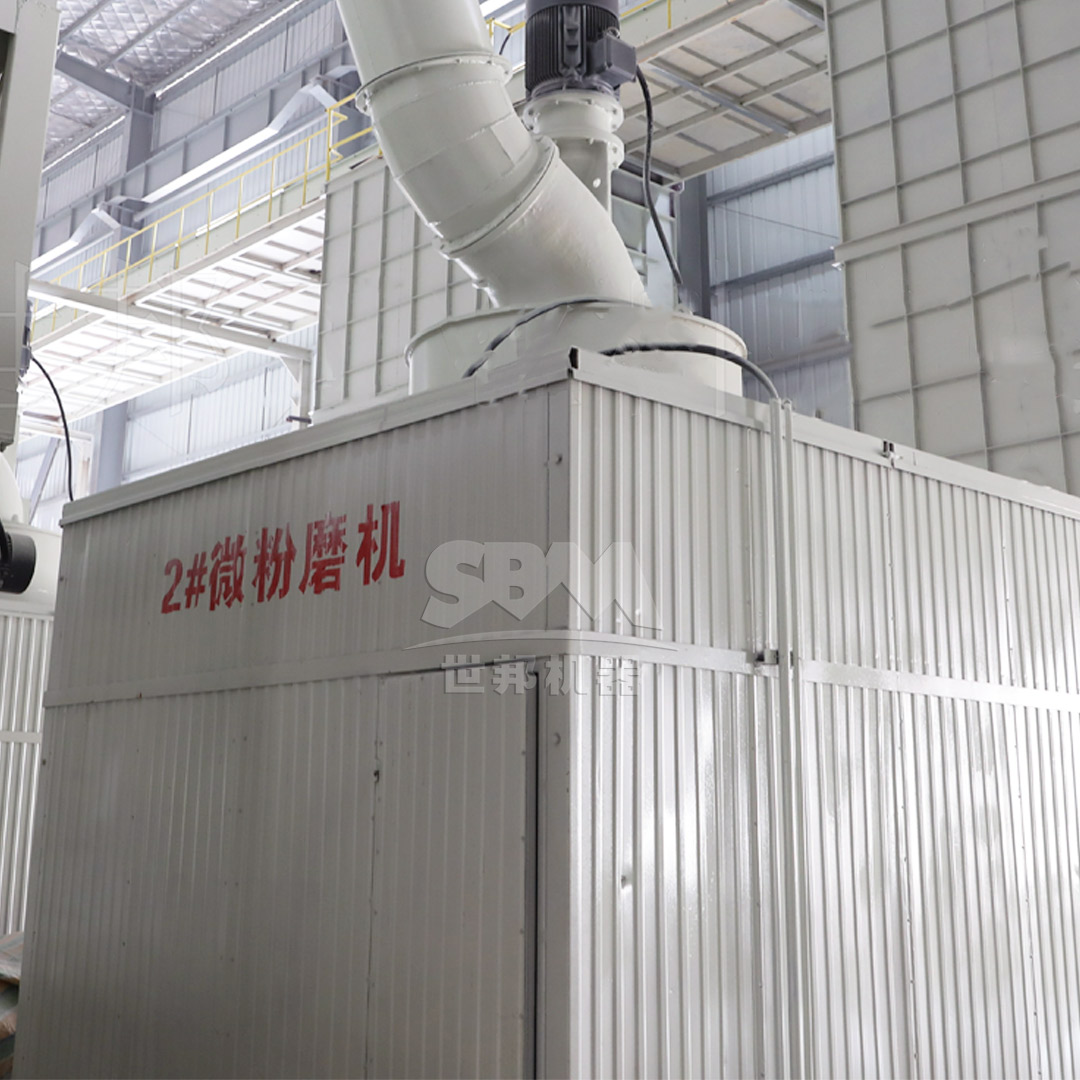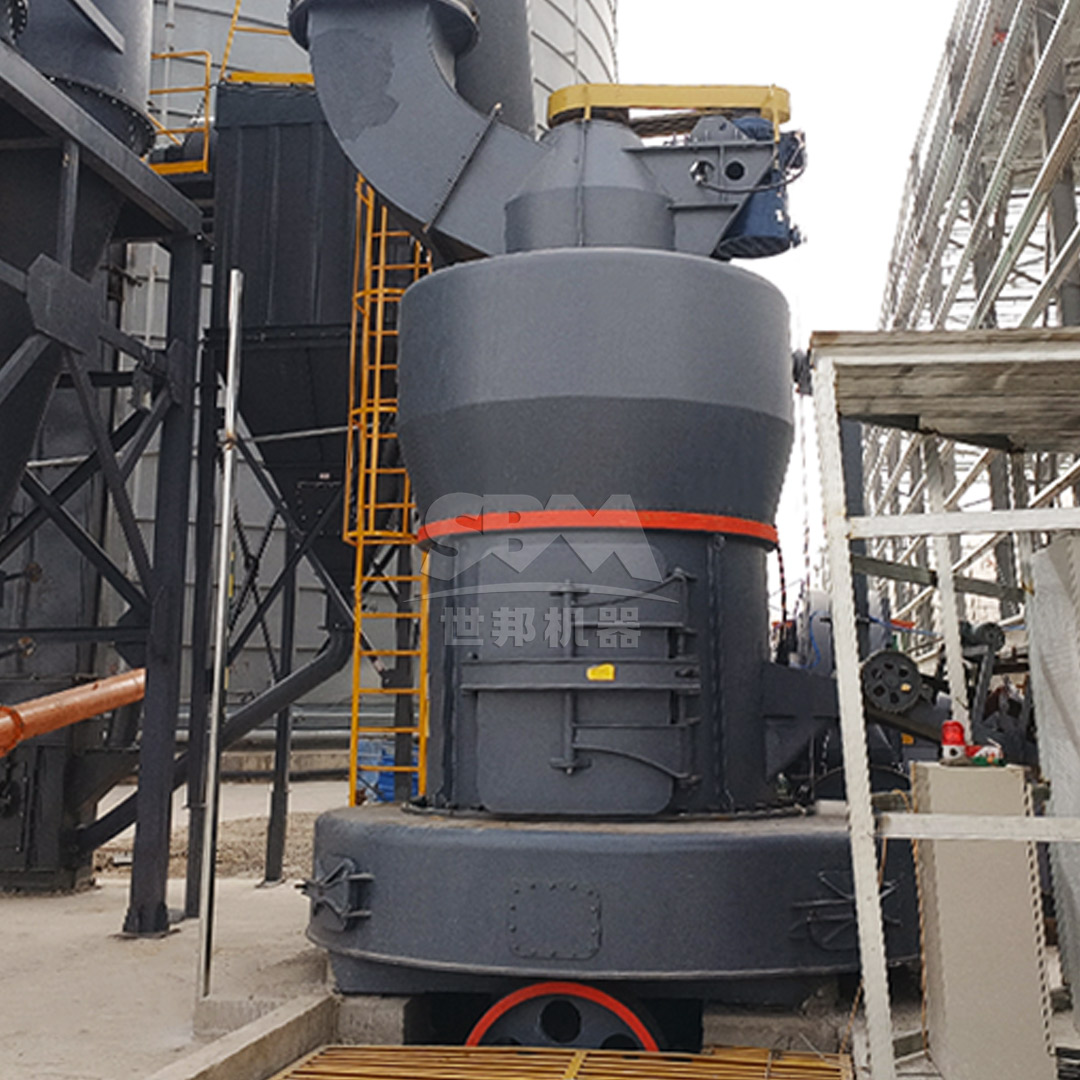Bentonite, a clay mineral primarily composed of montmorillonite, possesses exceptional adsorption, swelling, and cation exchange capacities. These unique properties make it a highly valuable material in the treatment of various industrial wastes, including heavy metal-contaminated sludges, organic pollutants, and even radioactive materials. The effectiveness of bentonite in these applications is intrinsically linked to its particle size and surface area. Finer particles exhibit exponentially greater surface area, leading to significantly enhanced reactivity and adsorption efficiency. Therefore, the milling and grinding process is not merely a preparatory step but a critical technological operation that unlocks the full potential of bentonite for sustainable waste remediation.

Grinding bentonite presents distinct challenges that not all milling equipment can overcome efficiently. Its natural moisture content, plasticity, and layered structure can lead to agglomeration, packing, and clogging within conventional mills. Furthermore, the process must achieve a very fine and consistent particle size distribution (PSD) without compromising the mineral’s crystalline structure, which is essential for its adsorptive properties. Over-grinding can generate excessive heat, potentially altering the clay’s chemistry and reducing its effectiveness. Energy consumption is another paramount concern, as inefficient grinding can negate the environmental benefits of using a natural treatment agent. Thus, the ideal milling solution must offer precision, efficiency, durability, and adaptability.
The evolution of grinding technology has led to the development of mills specifically designed to handle the demands of mineral processing like bentonite. These systems move beyond simple crushing to achieve precise particle size control with minimal energy input.
For applications requiring the highest level of fineness to activate bentonite’s full sorptive potential, our SCM Series Ultrafine Mill is the premier choice. This mill is engineered to produce powders between 325 and 2500 mesh (45-5μm), making it perfectly suited for creating high-reactivity bentonite for advanced waste treatment processes.

| Model | Handling Capacity (ton/h) | Main Motor Power (kW) | Input Size (mm) | Output Fineness (mesh) |
|---|---|---|---|---|
| SCM800 | 0.5-4.5 | 75 | ≤20 | 325-2500 |
| SCM900 | 0.8-6.5 | 90 | ≤20 | 325-2500 |
| SCM1000 | 1.0-8.5 | 132 | ≤20 | 325-2500 |
| SCM1250 | 2.5-14 | 185 | ≤20 | 325-2500 |
| SCM1680 | 5.0-25 | 315 | ≤20 | 325-2500 |
For large-scale industrial waste treatment projects where ultra-fineness is secondary to high-volume throughput, our MTW Series Trapezium Mill offers a robust and economical solution. Capable of processing up to 45 tons per hour down to 30-325 mesh (0.6-0.045mm), it is ideal for the initial or bulk processing stage of bentonite.
The choice of milling technology directly impacts the sustainability of the overall waste treatment workflow. Efficiently processed bentonite can be used in slurry walls for containment, as a solidifying agent in sludge treatment, or as a reactive barrier material. The consistent quality and high reactivity ensured by advanced mills like the SCM or MTW series mean that less bentonite is required to achieve the desired treatment effect, reducing material consumption and waste volume. The low energy footprint of these mills further contributes to the green credentials of the remediation project, aligning economic operation with environmental responsibility.

The transformation of raw bentonite into a highly effective material for industrial waste treatment is a precision engineering task. It requires milling solutions that are not only powerful and efficient but also intelligent and environmentally sound. Our SCM Series Ultrafine Mill and MTW Series Trapezium Mill represent the pinnacle of this technology, offering a range of options to suit any project scale and fineness requirement. By investing in the right grinding technology, industries can fully leverage the natural power of bentonite, turning a common clay into a cornerstone of sustainable and effective waste management strategies.